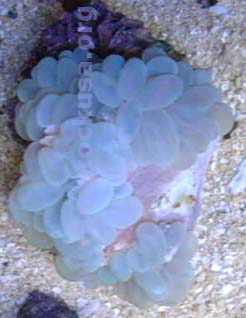


Some resourceful aquarists use the CO 2 produced by home brewing! The drawbacks to this method are the small amount of gas produced, that it is introduced to the aquarium continuously (even at night when it is not needed by the plants), and the need to frequently recharge the fermentation vessel. The constant supply method generally utilizes a yeast reaction to produce a constant low-level stream of carbon dioxide for release into the aquarium. There are three basic ways to supplement CO 2 in planted tanks: constant supply, semi-automatic, and automatic. Carbon dioxide, then, is typically the factor that limits plant growth in freshwater aquariums. Nutrients such as nitrogen and phosphorus are rarely lacking in aquariums housing fish (and if they are, they are easily supplemented). With the myriad of lighting products available today, the light requirement is easily met. Providing CO 2 for Aquarium PlantsĪquatic plants require light, nutrients, and carbon dioxide for photosynthesis. The only likely cause for the aquarium’s water being lower than equilibrium with the room air would be if the sample was taken at the end of the day, in a heavily planted aquarium. Theoretically, this aeration test could also result in a corresponding rise in pH over the 24-hour time frame. 02 pH units, however, it indicates that there is surplus CO 2 dissolved in the aquarium water and that additional aeration of the fish tank is warranted. 02 pH units of one another, the CO 2 level of the aquarium is in equilibrium with that of the air space that the aquarium is housed in. If the starting and ending pH levels are within.
:max_bytes(150000):strip_icc()/heron-island-underwater-collection-958645046-5b983e5746e0fb0050ad7fcd.jpg)
Then, remove a sample of the water (a quart/liter or so is fine) and aerate it very well for 24 hours. First, get an accurate measurement of the pH of the aquarium itself. CO 2 dissolves in water, forming carbonic acid, which can lower the pH of the water.Īquarium water can be easily tested for the presence of excess dissolved CO 2 using a good quality pH meter that has been recently calibrated with the three-point buffer method. In 2016, the average CO 2 concentration of the world’s atmosphere reached 400 parts per million (ppm), and it has been increasing over time. At normal temperature and pressure, it is a gas.
BUBBLE TROUBLE NEEDLE CORAL HOW TO
How to Measure CO 2 in an AquariumĬarbon dioxide is a naturally occurring compound formed by the bonding of two oxygen atoms to one carbon atom. Read on to learn how using CO 2 in your aquarium can help you maintain a healthy habitat. If we consider that buildings with good insulation exchange less internal air with the outside, causing CO 2 levels inside to rise above normal levels, we can surmise that aquariums in such buildings exist in similarly CO 2-elevated conditions as those causing deleterious effects on aquatic life. The issue is simple: We know that elevated CO 2 in the atmosphere has been implicated in harming aquatic environments, particularly coral reefs and their ability to calcify. Advanced aquarists are also familiar with the uses for another gas, carbon dioxide (CO 2), which is used as a nutrient for growing plants in freshwater aquariums and as a means to reduce the pH of seawater flowing through calcium reactors in reef tanks.Ĭarbon dioxide can have another effect on aquariums, though, resulting from the level of CO 2 in the air of the rooms housing them. Aquarium keepers also know that their fish require proper amounts of oxygen dissolved in their aquarium’s water for the fish to survive. Everyone who has taken a sip of soda knows that gases can be dissolved in liquids.


 0 kommentar(er)
0 kommentar(er)
